U.S. History traces the nation’s history from the pre-colonial period to the present. Students learn about the Native American, European, and African people who lived in America before it became the United States. They examine the beliefs and philosophies that informed the American Revolution and the subsequent formation of the government and political system. Students investigate the economic, cultural, and social motives for the nation’s expansion, as well as the conflicting notions of liberty that eventually resulted in civil war. The course describes the emergence of the United States as an industrial nation and then focuses on its role in modern world affairs.
Moving into the 20th and 21st centuries, students probe the economic and diplomatic interactions between the United States and other world players while investigating how the world wars, the Cold War, and the “information revolution” affected the lives of ordinary Americans. Woven through this chronological sequence is a strong focus on the changing conditions of women, African Americans, and other minority groups.
The course emphasizes the development of historical analysis skills such as comparing and contrasting, differentiating between facts and interpretations, considering multiple perspectives, and analyzing cause-and-effect relationships. These skills are applied to text interpretation and in written assignments that guide learners step-by-step through problem-solving activities.
This course is built to state standards and informed by the National Council for History Education, the National Center for History in the Schools, and the National Council for Social Studies.
2 semesters, 1 credit

